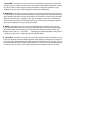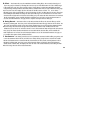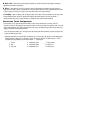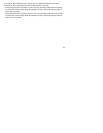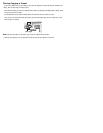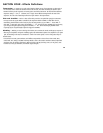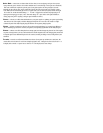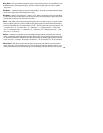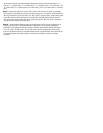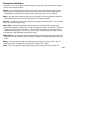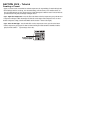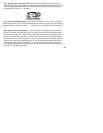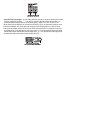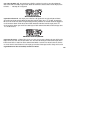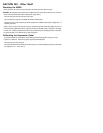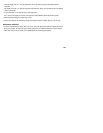
ith the Amount Parameter. The Amount Parameter determines the possible bend ranges and includes: 1u (1
ctave up), 7 (7 semitones above), 2 (2 semitones above), -2 (2 semitones below), 1d (1 octave down), and
d (2 octaves down), 24 (2 semitones above to 4 semitones above), and 34 (3 semitones above to 4 semitones
bove).
Delay - Delay is often referred to as an echo. This is because it will record a short passage of your playing,
nd then repeat it a moment later. You can have it repeat the passage once, or several times. The GS30 offers three
ifferent types of delay, they are tA (tape delay), dL (delay), and PP (ping pong delay). The tape delay is typical
f older delays that were actually using a tape to record and repeat. Tape delay settings deteriorate with each
epeat. All other delay setting provides clear, concise repeats. The ping pong setting will “bounce” repeats from
ft to right when your GS30 is connected in stereo.
Reverb - Reverb simulates different acoustic environments. Reverb can make you sound as though you are
laying in a big empty room, or a small tiled bathroom. It adds ambiance to your guitar by mimicking the
haracteristics of sound bouncing off of walls. The GS30 is capable of producing three different environments.
hey are PL (plate), HA (hall), and Ar (arena). Plate reverb is the way recording studios used to produce
everb. They would attach a driver to a metal plate and then send the signal into the driver which would make the
late vibrate. Hall Reverb is intended to simulate a small acoustic echo chamber, and Arena is the largest
nvironment.



